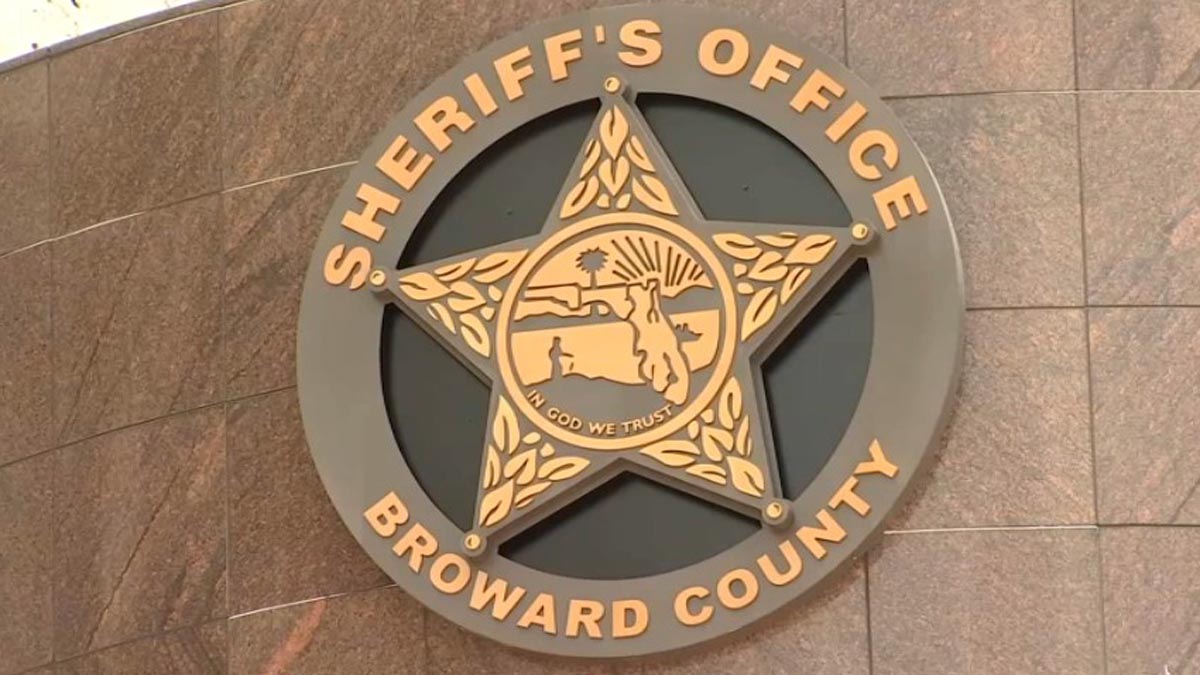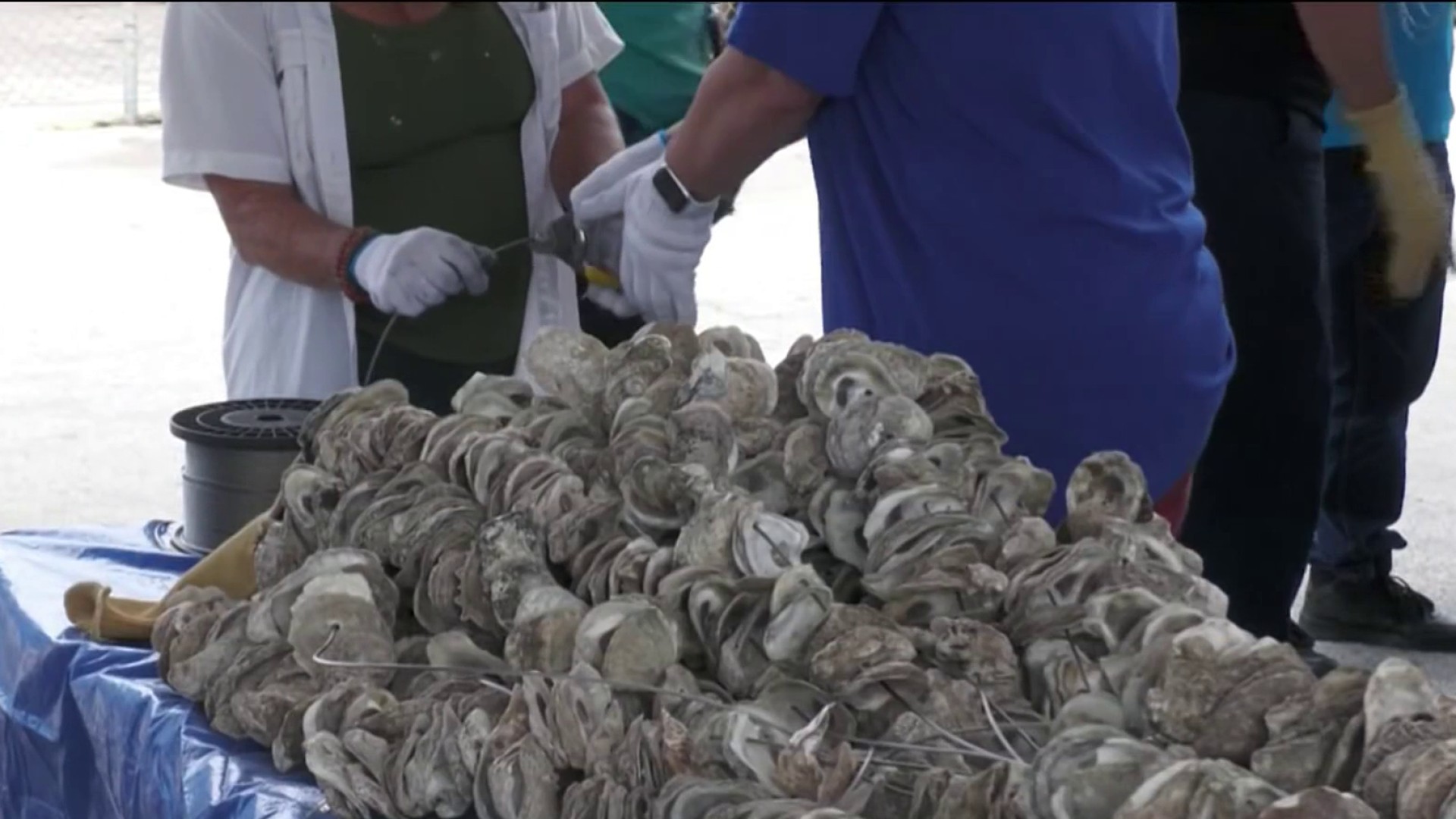As anguish set in across The Bahamas and the local Bahamian community from Dorian, South Florida offers solace to the hurricane-ravaged island nation -- with dozens of relief efforts underway. Instinctively, South Floridians felt the need to help a nation that has made a great impact on our community.
Bahamians have a rich history in the Magic City and early settlers from The Bahamas are credited with building Coconut Grove. In the 1880s, a group of Bahamians settled in Miami. Historian and author Marvin Dunn has followed their history in South Florida.
“They settled here because the first work that was available to Blacks that was not farm work was available at the Peacock Inn,” Dunn said.
Bahamians were brought in to work at the Peacock Inn as cooks and gardeners. They worked at the hotel, but lived in the West Grove, primarily along what is now Charles Avenue.
“It used to be called Evangelist Street because all the churches were also on this street,” Dunn explained. He says that street is where the Bahamian Coconut Grove development began. He says there were many homes, churches and businesses along the street.
Today, two iconic homes still sit on Charles Avenue. The home of real estate mogul E.W.F. Stirrup and the home of Mariah Brown. Stirrup was the first Bahamian to settle in the Grove and Brown was the first Bahamian woman to move to the neighborhood. Brown’s home is known as the oldest Black-owned home in Miami-Dade County.
Dunn says pioneers called this section of the Grove paradise.
Local
“It was Bahamian. People knew each other, they cooked the same food, they mainly worship the same way. It was a homecoming for people to come in here,” said Dunn.
Over the years, the Bahamian population in the Grove has dwindled as families move to other parts of South Florida. But, their legacy is still seen and felt in the heart of the community.
“The City of Miami just last year designated several homes, about 20 or 30 or these “Stirrup” type homes as historical landmarks and they cannot be destroyed,” Dunn explained.
He says preservation is necessary in Coconut Grove because he says the Bahamian section of the neighborhood is under threat. Dunn says it is one of the most gentrified communities in the City of Miami.



